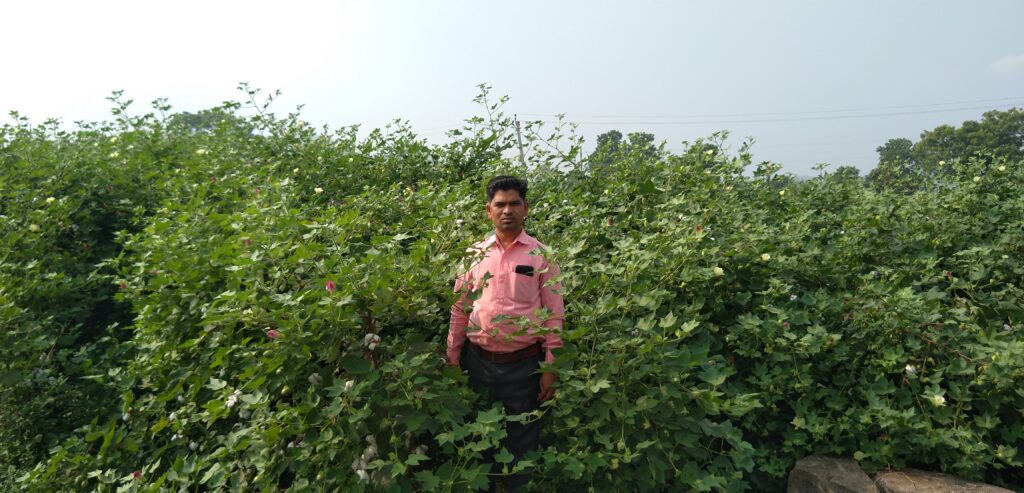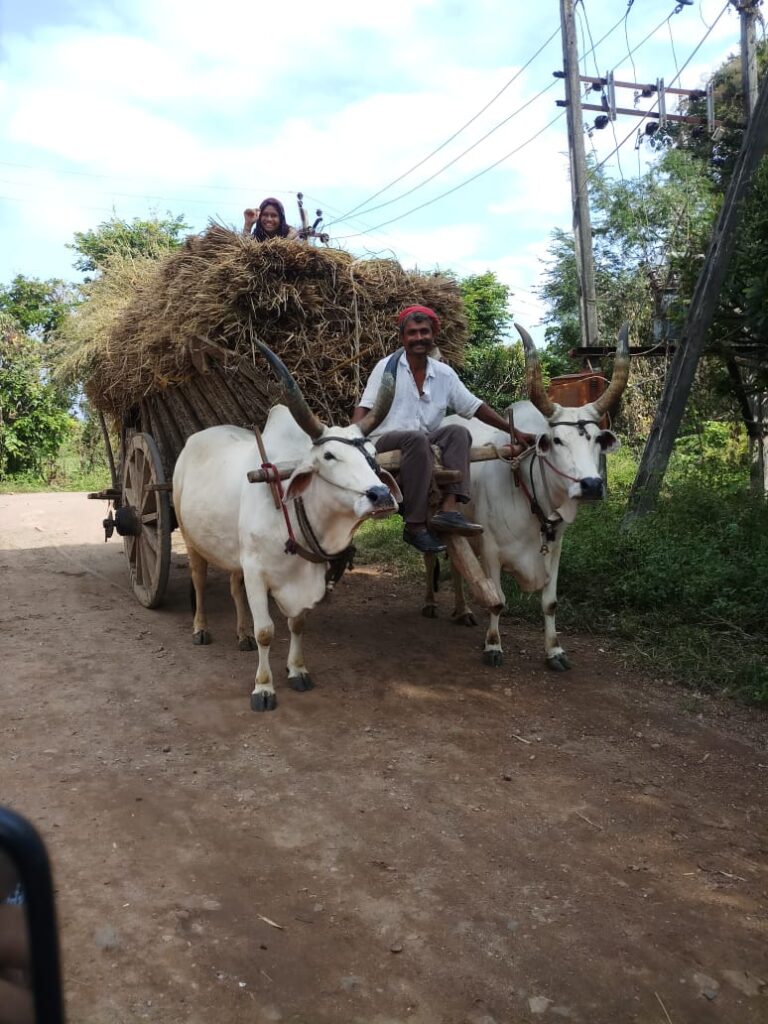






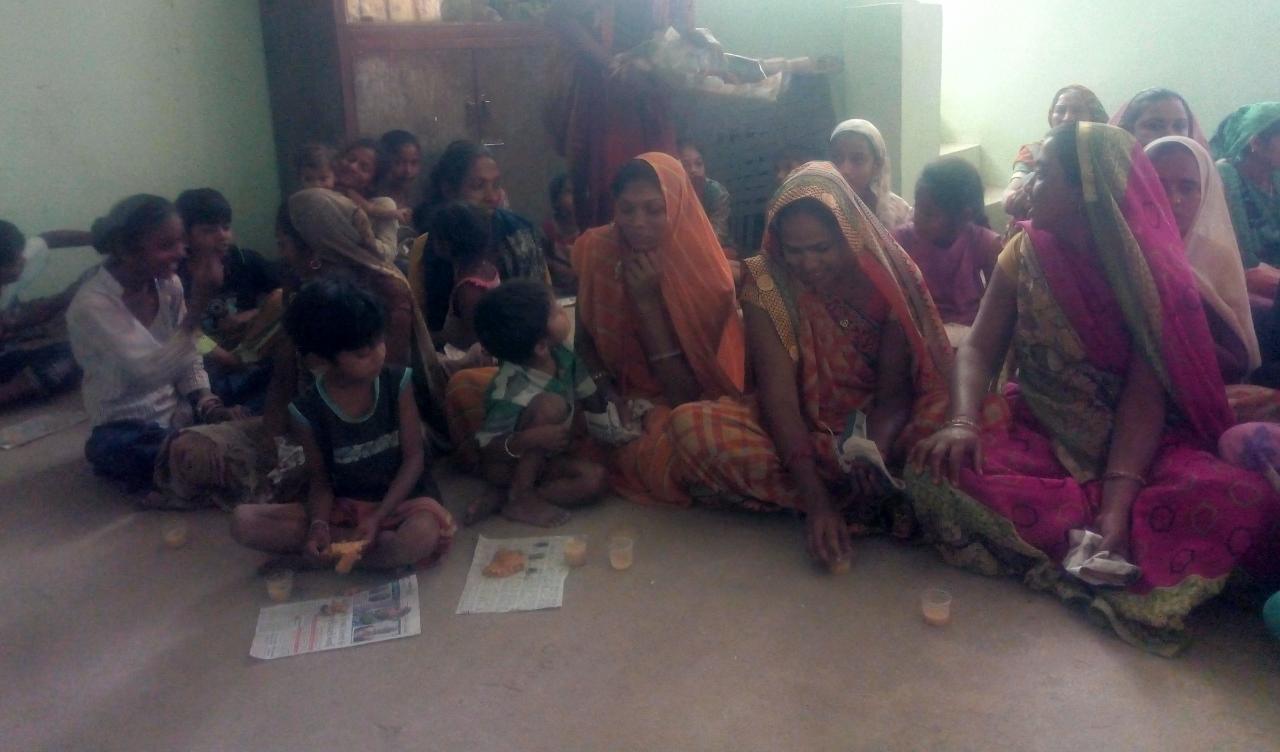

For more than two decades, SHRI REAL DREAM OF FOUNDATION has been working towards the re-ordering of gender relations to make them more just and equitable. In recent years, the results can be seen in women’s groups becoming more active in often difficult and conservative spaces and making their families and communities more equitable.
Over the year, several efforts were directed towards strengthening women’s groups, cluster (panchayat) level associations and women resource centres. Cluster associations were restructured in many locations to increase participation of women. Deliberations were done with the leaders of Women Resource Centres to increase its outreach. Intensive work was done with youth of Kavant, Bodeli, Jetpur, Chhotaudepur block to sensitize them
“Empowerment of women leads to development of a good family, good society and, a good nation.”
Today there are lots of things that are happening in the name of women empowerment in India and lot of resources are spent in this direction. When we talk about women empowerment in India the most important aspect that comes into the mind is the attitude of the society towards women. Women are still considered as burden and liabilities. The bottom line is Women empowerment in India is not possible unless violence against women is eradicated from the society. Can you even imagine what‘s the actual ground situation?
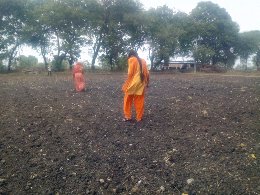
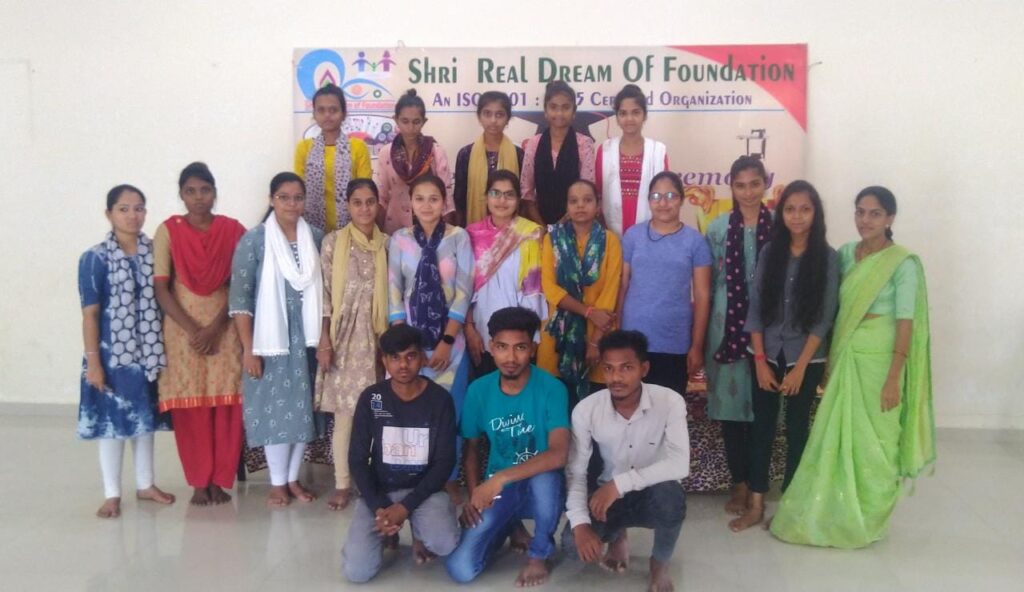
On gender issues, enhance life skills and create space for their voices in the community. There are currently 11 women’s self-help groups (SHGs) with 110 members across 4 villages of 4 panchayats in rural areas. There are 1 clusters of SHGs and 2 women resource centres (WRCs). During this period 10 new SHGs were formed and 2 SHGs were closed. 10 new clusters were initiated over the year adding to existing 5 clusters, while once WRC was closed.
The savings to credit ratio at 1:1 indicates that members are rotating all their savings for credit. The cash at bank is 26% of the total funds and cash in hand is 5% of the net owned fund. Meeting regularity of SHGs stands at 94%, attendance 85 %, savings 79%, interest repayment 100 % and portfolio at risk 15%. While meeting regularity has decreased by 1%, attendance regularity has increased by 4%, savings regularity has increased by 2% and the portfolio at risk has reduced by 2 % compared to last year. Continuing efforts to build capacities of SHGs, 2 campaigns and workshops were conducted and 1 trainings for SHG accountants.
Farming
Agriculture sector employs 80% of all economically active women in India; they comprise 33% of the agriculture labour force and 48% of the self-employed farmers. In India, 85% of rural women are engaged in agriculture, yet only about 13% own land. The situation is worse in Bihar with only 7% women having land rights, though women play an important role in various agricultural activities. Economic Survey 2017-18 says that with growing rural to urban migration by men, there is ‘feminisation’ of agriculture sector, with increasing number of women in multiple roles as cultivators, entrepreneurs, and labourers. Gujarat’s agriculture sector is highly feminized, with 50.1% of the total workforce engaged in farming activities being women (‘Women in the informal economy
of Gujarat’) 70% of all women engaged in cultivation are from households witnessing migration. (Report released in 2014 by IHD, New Delhi)
About 60-80% food are produced by rural women. Women farmers were on boarded through multiple village awareness programmes. Finding the participants a little hesitant at first, the project implementation team decided to build a rapport with the female farmers and appealed to them to join hands for the shared goal of economic empowerment.
